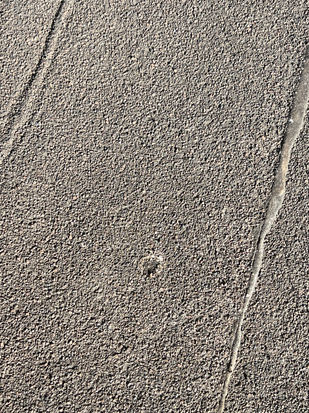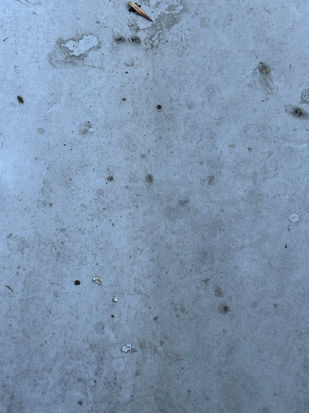10330 120 St NW, Edmonton, AB T5K 2A6, Canada

Inspection Address
10330 120 St NW, Edmonton, AB T5K 2A6, Canada
Inspection By
Kyle Waugh
Inspection Date
March 10, 2025 at 10:04:28 p.m.
Existing Roof System
Describe the type and conditions of the various membranes types on the roof
The east side of the building features a patchwork of PVC roofing with visible damage. Multiple burn holes, likely from cigarettes, and numerous rips and tears in the membrane were observed. The west side utilizes a brown and colored SPS 2-ply roofing system, which also exhibits multiple holes and wear.
Interior Condition, Leaks, Insulation, Roof Deck Type
Collect pictures to help depict the issues presenting on the interior of the building, if accessible collect images of any below deck insulation and the roof deck type.
Interior inspections revealed evidence of active leaks in multiple areas. Water damage was noted near the entryway, hallway, kitchen, and auditorium. Specifically, stains on ceiling tiles, watermarks on walls, and watermarks on ceilings were observed, indicating ongoing water intrusion.
Attic/Crawl Space Inspection
Check vent/insul/deck/struct/plumb/wire/pests/moisture. Note damage, leaks, ventilation, & insulation. Photo any issues
Due to limited void space between the ceiling and roof system, and restricted access in areas with drop ceilings (particularly the kitchen, where maintenance assistance for ladder setup and tile removal was unavailable), a thorough inspection of the attic or crawl space was not conducted.
Exterior Roof Inspection
Exterior roof inspections assess the visible condition, including damaged shingles/tiles, leaks, flashing, and gutters. Flat roofs require close membrane scrutiny: blisters, cracks, seams, and ponding areas. Check for rot, mold, structural issues, ventilation, and chimney condition. Document findings with photos, noting membrane type and condition. Prioritize safety and thoroughness.
The observed interior water damage directly correlated with the exterior roof conditions. The SPS membrane displayed numerous punctures and penetrations, likely caused by debris falling from a height, including bricks, glass, and rocks. Several of these holes were severe, retaining standing water that would eject when pressed. The TPO membrane also exhibited damage, with five distinct puncture, tear, or cut locations. Additionally, the smaller roof sections near the building showed extensive cigarette burn damage, with over 200 burn holes noted. Conversely, the larger roof section remained free of these specific damage sites.
Exterior Roof Materials
Meticulous documentation of the existing roofing system is essential. For color, capture well-lit photos from various angles, noting manufacturer and color names. If unknown, compare physical samples to color charts under natural light. A cut test requires careful removal of a small section, noting material layers, thickness, and degradation. Photograph the cut and surrounding area, recording markings. Additionally, document insulation type (fiberglass, foam, etc.) and thickness. Record fiberboard composition and condition (water damage, delamination). Specify the vapor barrier type (polyethylene, kraft paper) and condition (tears, punctures). During the cut test, examine underlayment and roof deck type (plywood, OSB, etc.). Ensure thorough documentation of all materials for accurate matching and assessment.
Due to significant water damage observed in the SBS system, a full replacement of the membrane, insulation, and substrate is recommended. For the TPO section, a liquid membrane coating is advised as a cost-effective solution to address burn holes and impact damage, providing an additional protective layer without requiring complete replacement. To mitigate future damage from falling objects on the SPS membrane, a ballast system is recommended. This system, ideally using rounded rocks without sharp edges, would disperse impact, preventing direct punctures to the roofing system.



















































